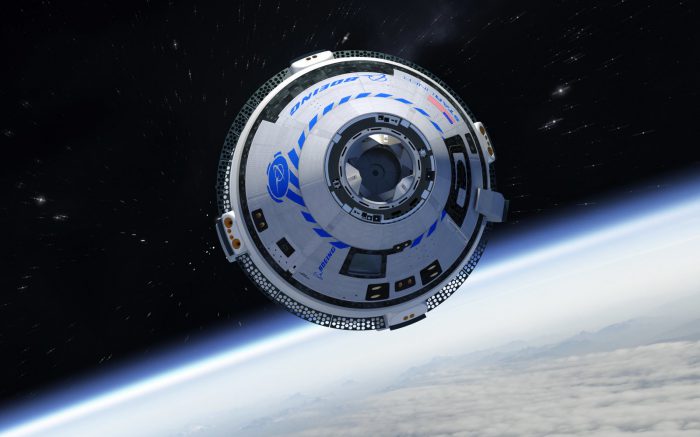This morning at 6:36 am at Cape Canaveral, Florida, an crewless test of the Boeing’s CST-100 Starliner spacecraft was launched. The goal? To send the craft to dock with the International Space Station and prove that it was worthy of leading the latest charge of NASA's space exploration.
The good news? It one day may be!
The bad news?
That day is not today.
Burned by a bad burn
Today's launch began well, with a perfect liftoff. (Getty Embed)
First, what happened? Shortly after launch, Starliner experienced what is known as an “off-nominal” orbital insertion. ("Orbital insertion" is the term given to when a craft enters orbit around a particular body.) Apparently, something made the craft's computer believe that it was time to fire certain engines ahead of schedule. And since all space craft carry a very limited amount of fuel, this was a big problem.
Because #Starliner believed it was in an orbital insertion burn (or that the burn was complete), the dead bands were reduced and the spacecraft burned more fuel than anticipated to maintain precise control. This precluded @Space_Station rendezvous.
— Jim Bridenstine (@JimBridenstine) December 20, 2019
In other words, there was an error that burned a lot of fuel so Starliner can't reach the orbit of the ISS. This means that today's test is a failure.
Is it the end of the world? Hardly. Space programs have always encountered accidents and failures as they test vehicles and fly missions. And since it is an uncrewed mission, no astronauts are in any danger.
But this error could hurt Starliner and Boeing overall. Let's look at that.
Commercial crew
The astronauts of the Commercial Crew program are eager for testing to go well so they can go to space. (Getty Embed)
As we reported in Issue 80 of the OWLconnected eMag, Starliner is Boeing's entry into NASA's brand new Commercial Crew program.
For decades, the vehicles that sent American astronauts to space (from the Saturn V rocket to the Space Shuttle) were owned and operated solely by NASA, which is a government agency. But after the Space Shuttle program stopped flying in 2011, all astronauts have been flying out of Kazakhstan on Russian-made Soyuz vehicles.
The Commercial Crew program is designed to make a whole new line of American-made spacecraft to bring these launches back to NASA’s home country. The main companies involved are Boeing (who've made airplanes and space vehicles for decades) and Space X (that’s the spacecraft company owned by Elon Musk, who is also behind Tesla cars). Both have been spending the last five years making their own spacecraft. And now the craft are finally being tested.
Can the stars align for Starliner?
The Starliner just before launch. (Getty Embed)
With Space X's Crew Dragon craft already docking with the ISS (it was there earlier this month), Boeing had a lot riding on today's test.
In fact, Starliner was already supposed to have been tested with a full crew by now, but delays had pushed that date back to early 2020. Now that wait will be even longer.
Spacecraft looks healthy, we're in an orbit we like and we're looking at landing.
-Boeing VP of Space and Launch Jim Chilton
— Boeing Space (@BoeingSpace) December 20, 2019
Can Boeing recover? Of course! Uncrewed testing is where you want things to go wrong — it's often the only way to learn, especially with such complex vehicles. But you can also bet that Space X will be more than happy to provide the Commercial Crew vehicles all by themselves.
Let the real life space competition unfold!
 An artist's illustration of Starliner in orbit. (Boeing)
An artist's illustration of Starliner in orbit. (Boeing)









